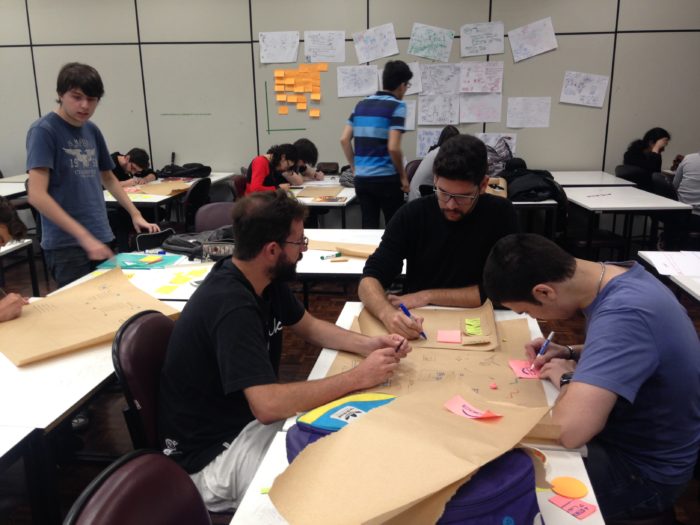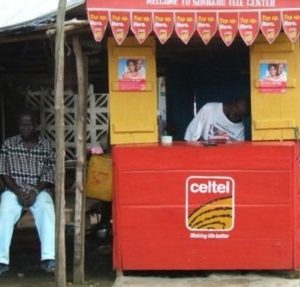45 hours – Graphic Design – PUCPR.
This is an elective course offered to students from any of the bachelors of Catholic University of Paraná. The purpose was to provide them the opportunity to develop multidisciplinary projects based on the design thinking approach.

Syllabus: Typology of design thinking, wicked problems, co-creation, grassroots design, participatory design, design livre, multidisciplinary collaboration.
Specific skills:
- Create viable projects from different people’s desires and needs
- Collaborate with experts from many disciplines
- Deal with wicked problems in an ethical manner
- Bear the typical contradictions that rise from complexity
- Research user behavior
- Prototype experiences using low-tech tools
- Use the whole body in the creation of products and services
- Critically reflect on design methodologies
Study topics:
| Themes | Related skills |
| Design methodologies: creation, analysis, synthesis, space of possibilities, differences between process and method, project freedom, design by non-designers, typology of design thinking. | 1, 3, 8 |
| Challenges and techniques for collaboration: sketching in groups, brainstorming, bodystorming, gamestorming, design games, conceptual models, affinity diagrams, collaborative tools in the Internet. | 2, 4 |
| User research to frame innovation opportunities: activity system, contradictions, differences between needs and desires, ethnographic studies, evidence sorting, insight generation from research. | 5 |
| Experience prototyping: paper prototyping, theater techniques, storyboards, ludic scenarios with puppets, video narratives, user testing. | 6, 7 |
Methodology: reading and discussing texts, collaboration exercises and prototyping in the classroom, field studies, project development.
Evaluation procedures: classroom participation, project evaluation according to quality measures and ethic principles.
Duration: 45 hours in 4 months.
Slides
5) Share the object among multiple activities 6) Make a contradiction visible.
Activity inquiry guide
To support students in using the activity system model in their historical analysis of a project situation, these questions are raised:
- What is the activity?
- Where does it take place?
- Who are the people carrying it on?
- What are they trying to transform?
- What is the expected result from transformation?
- What are the instruments used?
- How do people divide work?
- How do they control and regulate work?
- How do they form a community?


The ideas shared by van Amstel may have broad use value. I teach about the design of organizations and find the ideas here quite relevant – some directly and some as metaphors.
Mike Beyerlein
Texas A&M University